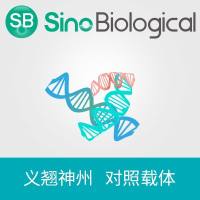Human immunodeficiency virus (HIV)-derived lentiviral vectors can integrate into the genome of dividing and nondividing cells, in vitro as well as in vivo (reviewed in refs. 1 –3 ). Lentiviral vectors are particularly efficient in transducing multipotent stem cells, such as hematopoietic stem cells (HSC), without compromising their self-renewing and organ repopulation capacity upon transplantation in vivo (4 –6 ). This is a crucial advantage over oncoretroviral vectors derived from the Moloney murine leukemia virus (MoMLV) since transplantation of genetically modified stem cells (hematopoietic, neural, or epidermal) is a potential therapy for a variety of genetic and acquired disorders, including diabetes, multiple sclerosis, cancer, and acquired immunodeficiency syndrome (AIDS). Several years of research have drastically improved both design and packaging of lentiviral vectors, minimized the use of HIV structural and regulatory sequences in both the transfer and the packaging constructs and have virtually abolished the safety concerns originally raised by the idea of transducing human cells with a derivative of HIV (reviewed in ref. 3 ). These vectors are now a very promising alternative to transduce transplantable stem cells ex vivo and such postmitotic tissues as the central nervous system (CNS) or liver in vivo.






